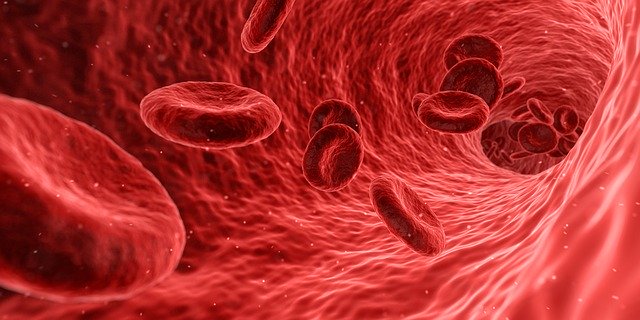What is anoxia? Information on anoxia types, symptoms, diagnosis, causes and treatment.
Anoxia; is a shortage of oxygen in an animal’s body cells. In its narrowest sense, anoxia denotes the complete absence of oxygen, but in common usage the term is interchangeable with hypoxia, a condition in which an animal’s body cells do not receive, or cannot use, enough oxygen to carry on their normal activities. Anoxia is sometimes confused with asphyxia, a condition in which anoxia occurs but which is also characterized by the accumulation of excess carbon dioxide. Strangulation is a form of asphyxia due to an obstruction of the air passages that prevents the normal exchange of oxygen and carbon dioxide in the lungs.

Source : pixabay.com
Types:
Anoxia is usually divided into four basic types, depending on its cause. Hypoxic anoxia is primarily due to an inadequate concentration of oxygen in the air. This form of anoxia occurs at high altitudes and sometimes affects mountain climbers and pilots.
Anemic anoxia results when there is a reduction in the oxygen-carrying capacity of the blood. This is sometimes due to decreased amounts of hemoglobin in the blood, resulting from a hemorrhage or a blood disease. Anemic anoxia may also result when the hemoglobin has been modified so that it cannot transport oxygen, as in carbon monoxide poisoning.
Histotoxic anoxia occurs when the body cells are unable to utilize oxygen. This condition occurs most commonly in certain types of poisoning, such as cyanide poisoning. The supply of oxygen to the cells is normal, but the cells are unable to metabolize the delivered oxygen.
In stagnant anoxia there is a reduced flow of blood through the body tissues. This condition may be generalized, as in many forms of advanced heart disease, or it may be localized, due to a disease of a blood vessel, the application of a tourniquet, or an arterial spasm. The “blackout” of an aviator during aerial maneuvers is the result of insufficient blood reaching the eyes and brain because of the heart’s inability to pump enough blood to these regions against the high centrifugal force.
Symptoms:
One of the body’s responses to anoxia is an increase in the rate and depth of breathing. At an altitude of 15,000 feet (4,575 meters), where the oxygen pressure of the air is 90 mm (3.5 inches) of mercury, as compared with approximately 160 mm (6.2 inches) of mercury at sea level, pulmonary ventilation is increased by about 15 percent.
The pulse rate begins to increase when the oxygen pressure drops to or below 110 mm (4.2 inches) of mercury, at an altitude of about 10,-000 feet (3,050 meters). As the pulse rate increases, the volume of blood pumped from the heart also increases. During prolonged exposure to low oxygen pressure, the pulse rate may return to normal, but the output of the heart will remain elevated because of the increased volume of blood pumped from the heart with each beat.
Even when anoxia is severe, both the heart and the brain are able to function because of the dilation of the blood vessels within these organs. Functioning may also be aided by the increased extraction of oxygen from the blood. Of the special senses, night vision is the first to show impairment, while hearing is the last sense to fail. It has frequently happened that an individual suffering from anoxia was able to hear while unable to move his body.
The onset of anoxia symptoms is usually very slow, and generally is first marked by an impairment of judgment. Aviators are taught that unstable emotions and a loss of judgment, acompanied by a false sense of well-being, may be the first signs of mild or moderate anoxia. In severe anoxia, unconsciousness, often accompanied by convulsions, occurs rapidly. Symptoms of heart failure may begin just before, with, or shortly after collapse. When death occurs, it is due to heart failure.
Anoxia of long duration may be symptomless if it is not severe. This is because the body undergoes various changes that compensate for the low oxygen supply. One of the most significant changes that occurs in the process of adjusting to high altitudes is a growth in the number of red blood cells, thus increasing the body’s ability to pick up and transport the available oxygen. A fully acclimated person who is in good physical condition can get along surprisingly well at altitudes up to 19,000 feet (5,800 meters). Above 20,000 feet (6,100 meters ), however, mountain climbers whc undertake strenuous exercise are often on the verge of physical collapse.
***This article is for informational purposes only. It is not a doctor warning or recommendation.